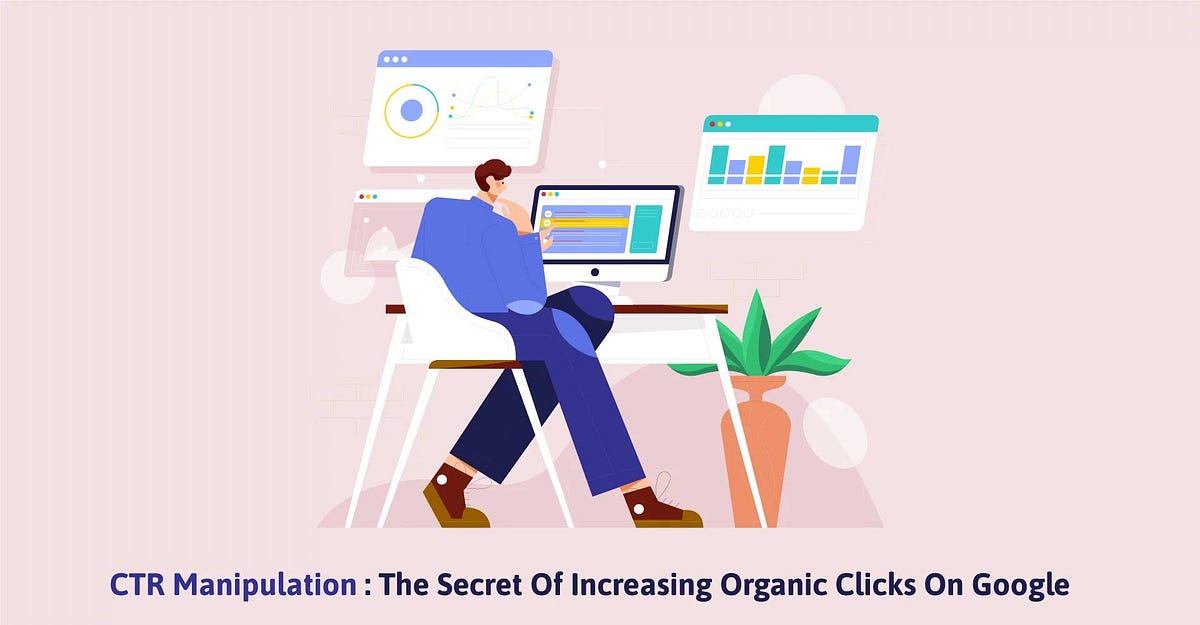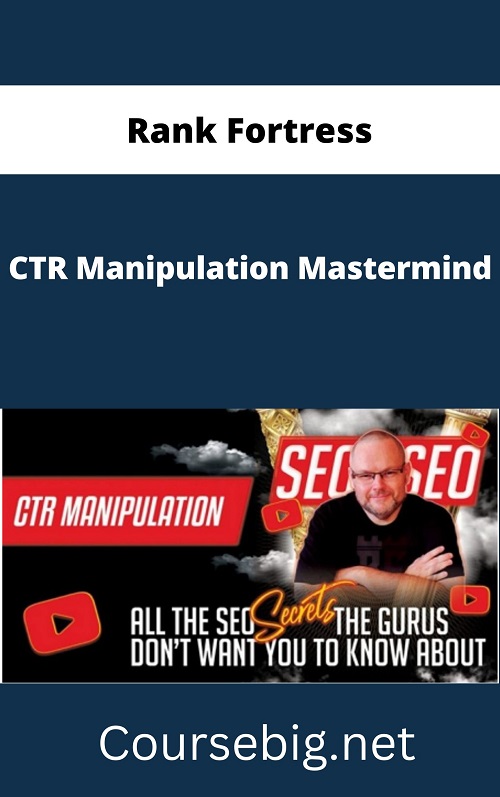Boost Your Click-Through Rates with Effective CTR Manipulation Techniques
Boost Your Click-Through Rates with Effective CTR Manipulation Techniques
Blog Article
Exactly How to Measure the Influence of CTR Control on Your Marketing
Comprehending the nuances of click-through price (CTR) control in marketing is crucial for companies making every effort for real individual interaction. By examining vital metrics such as conversion rates and bounce rates, marketing professionals can reveal possible discrepancies that might develop from synthetic improvements.
Comprehending CTR Manipulation
Comprehending CTR control is crucial for marketers looking for to maximize their projects and make sure information honesty. Click-through rate (CTR) refers to the proportion of users that click on a certain link to the overall number of individuals that check out the ad or web content.
The implications of CTR manipulation prolong past simple data distortion; they can threaten rely on electronic advertising and marketing. When companies rely upon filled with air metrics, they may spend in inadequate projects, eventually hurting their roi. Additionally, platforms may punish advertisers participating in such techniques, bring about more ramifications for their advertising initiatives.
To effectively fight CTR control, marketers have to develop a detailed understanding of their data resources and analytics devices. By utilizing innovative tracking techniques and scrutinizing traffic sources, they can recognize irregular patterns and make sure that their efficiency metrics mirror authentic user interaction - CTR Manipulation Press Release. This vigilance is critical for fostering long-lasting success in an increasingly affordable digital landscape
Key Metrics to Examine
Effective analysis of vital metrics is essential for assessing the real efficiency of advertising and marketing campaigns and identifying potential CTR manipulation. One key metric to think about is the Click-Through Rate (CTR) itself, which stands for the proportion of users who click an advertisement to the total number of individuals who see it. An unexpected spike in CTR may indicate manipulation, necessitating additional investigation.
Additionally, checking conversion prices is vital. A high CTR with a reduced conversion rate could indicate that the clicks are not real or that the targeting is misaligned (LinkDaddy CTR Manipulation). In a similar way, evaluating bounce rates can supply understanding right into individual engagement; a high bounce rate after a click might suggest that the website traffic is not quality-driven.

Tools for Dimension

Additionally, A/B screening devices such as Optimizely or VWO can facilitate trial and error with different advertisement versions to establish which elements drive greater CTR. These tools enable marketing professionals to analyze real-time performance and make data-driven adjustments. Social network analytics devices, like Hootsuite or Sprout Social, can also contribute in comprehending CTR within social systems, offering insights right into target market habits and interaction fads.
Moreover, warm mapping devices, such as Hotjar, can expose how users engage with ads, aiding to determine where enhancements can be made. Integrating these tools produces a robust dimension structure, basics allowing marketers to discern the results of CTR adjustment efficiently. Ultimately, the ideal option of dimension devices is vital for making notified advertising choices and optimizing project performance.

Evaluating Lasting Impacts
One should think about the long-term results of CTR control on overall marketing performance, as short-term gains can usually mask deeper effects. Over time, artificially blew up click-through rates may cause reduced depend on from customers and online search engine alike. When users continuously come across misleading methods, they may come to be reluctant to involve with the brand, causing lower conversion rates in the future.
In addition, formula updates from systems such as Google are designed to prioritize authentic engagement over inflated metrics. Organizations that rely on CTR control might locate themselves penalized, leading to a decrease in natural reach and exposure. This can have a plunging result on brand reputation and consumer loyalty, ultimately threatening the very goals that the first control looked for to accomplish.
In addition, the information gathered from adjusted CTR might misinform marketers in their strategy advancement. Counting on manipulated data can result in misdirected campaigns that stop working to reverberate with the target audience, resulting in wasted sources and missed possibilities. It is important for marketers to assess the lasting ramifications of CTR control and prioritize sustainable, honest interaction strategies for lasting success.
Moral Considerations in CTR Manipulation
In the realm of digital advertising, ethical considerations bordering CTR control are vital. While the wish to boost click-through prices (CTR) can lead to short-term gains, the potential long-lasting repercussions on brand name honesty and customer trust can not be forgotten.
In addition, moral issues expand to conformity with laws such as the Federal Trade Commission (FTC) guidelines, which mandate openness in advertising and marketing. Failing to follow these criteria can reveal services to legal implications and harm their track record. Marketing experts must think about the effects of their methods on individual experience and the more comprehensive industry landscape.
In blog here addition, the rise of expert system and automation in advertising offers more ethical problems. The potential for mathematical bias or the exploitation of consumer information Website elevates questions regarding accountability and justness. Eventually, moral advertising and marketing methods should prioritize openness, honesty, and respect for the customer, fostering long-lasting connections that transcend mere metrics like CTR. Stabilizing efficiency with principles is vital for lasting success in the digital marketplace.
Conclusion
In verdict, measuring the influence of CTR adjustment on marketing calls for an extensive analysis of vital metrics, including click-through rates, conversion prices, and bounce rates. Ultimately, a data-driven strategy makes sure that marketing approaches are effective and aligned with real customer interactions.
Comprehending the subtleties of click-through price (CTR) manipulation in advertising and marketing is crucial for organizations making every effort for authentic customer involvement.Efficient analysis of essential metrics is essential for assessing the real performance of marketing projects and identifying prospective CTR manipulation.One have to consider the long-term effects of CTR adjustment on overall marketing performance, as temporary gains can often mask much deeper ramifications.In the realm of digital marketing, ethical factors to consider surrounding CTR manipulation are critical.In conclusion, measuring the effect of CTR control on advertising calls for an extensive evaluation of crucial metrics, including click-through prices, conversion prices, and bounce prices.
Report this page